2017 – A turbulent year for the Indian Telecom industry
By MYBRANDBOOK
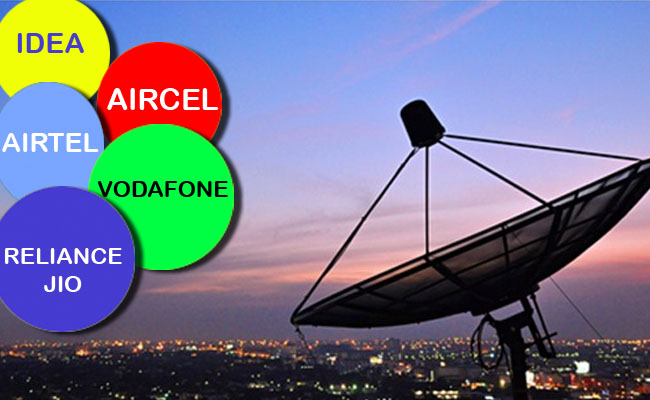
The telecom industry is currently going through a phase of major disruption. The year 2017 has especially been a landmark year in every sense – right from the proliferation of 4G to the M&A’s that took place between some of the major telecom operators in the market -
India is currently the world’s second-largest telecommunications market with a subscriber base of 1.05 billion. The market has registered strong growth in the past decade and a half, with the Indian mobile economy growing rapidly and contributing substantially to India’s Gross Domestic Product (GDP), as per the report by GSM Association (GSMA) in collaboration with the Boston Consulting Group (BCG).
However, 2017 was a different year altogether for this sector, given the spate of consolidations and developments that it saw. It was sparked by the entry a year ago by Reliance Jio Infocomm that finally culminated in the take-over of Reliance Communication’s wireless assets by Jio.
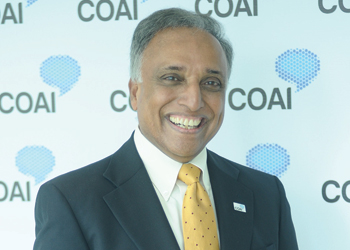 “The Indian telecom industry has been faced with dramatic changes for quite some time now, due to rapid technological innovation, dynamic and intense competition and the unpredictable regulatory environment, has only added to it,” says Rajan S Mathews, DG – COAI
“The Indian telecom industry has been faced with dramatic changes for quite some time now, due to rapid technological innovation, dynamic and intense competition and the unpredictable regulatory environment, has only added to it,” says Rajan S Mathews, DG – COAI
“On the positive side we have the proliferation of 4G and the strengthening of support infrastructure like mobile towers and networks with an investment of over INR 10, 44,027 crores in the sector. This is against the telecom sector’s consistently falling revenues, financial instability and a cumulative debt of INR 4.6 lakh crore.”
He further added, “However, because of the influx of new entrants, telecom players had been seeing a decline in profitability and margins. As a corollary, the sector is undergoing a consolidation phase, earmarked by a series of mergers & acquisitions as well as severe disruption. This has resulted in the Bharti Airtel – Tata Teleservices – Telenor combine; Idea Cellular – Vodafone combine; RComs’ exit and Aircel filing for bankruptcy. One must note that disruptions are nothing new in this segment. However, it is also true that all brands are intensifying their investments and rethinking strategies to retain existing customers and acquire new ones.”
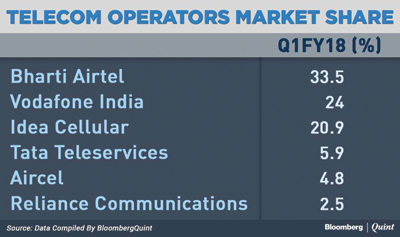
Free voice calls, plummeting data tariff rates and cut-throat competition in the past 1 year has caused major changes in the very fabric of the telecom sector. “Such paradigm shifts will play a critical role in consolidating the industry, a move away from its current fragmented structure,” says Rajan.
The Data Revolution led by Reliance Jio…
The beginning of 2017 saw Reliance Jio Infocomm creating a history of having signed 100 million subscribers in a record time of 170 days. This achievement was earned on the back of the data revolution that the Telecom major has ushered in the country, something which no other telecom operators had started till Reliance Jio came into the picture. As a matter of fact, Jio's achievement was then the fastest 100 million achieved by any start-up technology company in the world including the likes of Facebook, WhatsApp and Skype. The company saw record additions of 7 new members per second, every single day for the last 170 days, enabling it to cross the 100 million mark within six months of commencement of services.
Jio that had officially began its journey on September 5, 2016, hadshaken up the industry within a short time, even forcing many of its competitors to go out of business.The industry got the first glimpse of this disruption when Jio came out with its Welcome offer that made unlimited Data, HD Calling, and SMS free till 31st Dec 2016 for everyone owning a Jio sim. It came at a time when only 49 per cent of Indians owned mobile phones, and data penetration was just 21 per cent. By bringing out such an offer, the telecom major aimedat providing 4G coverage to 90 per cent of the Indian population by 2017.In the process, the operator has also been accused of flouting net neutrality laws in its pursuit of bringing out a disruption to the market.
Jio’s network is today literally present in every city, town and village of the country, with more than double the number of 4G base stations when compared to those of all the other Indian operators put together.
The Vodafone-Idea merger…
The speculation around Vodafone agreeing to combine its Indian subsidiary, Vodafone India with Idea Cellular began to hog the headlines since January of 2017. The merger announcement was finally made in March of that same year that resulted in the creation of India's largest telecom operator with the country's widest mobile network.The partnership was conceived with the objective of allowingboth the parties to invest more significantly in improving coverage and capacity in telecom infrastructure, thereby enabling Vodafone-Idea to offer a better, more innovative and attractive range of services to Indian consumers and fuelling the Digital India initiative of the Government.
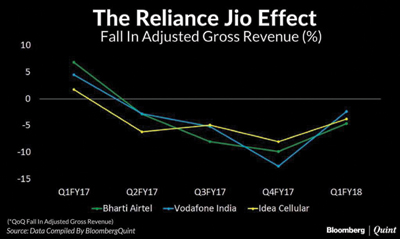
The merger, approved by both The Competition Commission of India (CCI) and the National Company Law Tribunal (NCLT)saw Vodafone owning 45.1% of the combined company after transferring a stake of 4.9% to the Aditya Birla Group for $579 million in cash concurrent. The Aditya Birla Group owned 26% of the total stake but the agreement also settled that the group would acquire more shares from Vodafone with a view to equalising the shareholdings over time. If Vodafone and the Aditya Birla Group’s shareholdings in the combined company are not equal after four years, Vodafone will sell down shares in the combined company to equalise its shareholding to that of the Aditya Birla Group over the following five-year period.
People familiar with the matter are also saying that both the parties are working on a new name and brand identity for the combined entity, which may come into effect a year after the transaction closes.
Bharti Airtel taking over Telenor &Tata Docomo…
To reinforce its battle against Reliance Jio and to win the numero uno position in the Indian telecom space, Bharti Airtel inked an agreement with Telenor South Asia Investments back in February 2017 to buy Telenor India’s operations in Andhra Pradesh, Bihar, Maharashtra, Gujarat, UP (East), UP (West) and Assam. These seven circles contribute about 35% to Airtel’s total revenue. The acquisition also slated to bolster Airtel’s 4G spectrum holdings and revenue market share. Airtel pocketed 43.4 units of 4G spectrum in the 1800 MHz band from the Telenor deal.
Airtel did not want to stop here and went on further to announce an agreement of merging the Consumer Mobile Businesses (CMB) of Tata Teleservices Limited (TTSL) and Tata Teleservices Maharashtra Limited (TTML) into Bharti Airtel in October of 2017. Airtel absorbed TTSL’s business across the country in nineteen circles (17 under TTSL and 2 under TTML) that represent bulk of India’s population and customer base.As per the terms, Tata Tele’s business, along with around 45 million customers, a majority of its 5,000 employees and around 178.5 MHz of airwaves with almost 40% of that 4G-ready, had been transferred to Airtel.
Aircel filing for insolvency…
After detailed talks with lenders and shareholders failed to yield a consensus on restructuring Rs 15,500 crore of debt, Aircel and its two units Dishnet Wireless Limited and Aircel Limited, had finally decided to file for bankruptcy in the National Company Law Tribunal (NCLT) in Mumbai early this month.Discussions were also held with the shareholders for infusion of fund, in particular by Maxis Communications BHD (a Malaysian based promoter holding 74% stake in Aircel). But none of these discussions could arrive on any consensus and the only option left before Aircel was to file for insolvency.
Though this decision came as a surprise to many,there are reasons behind how Aircel reached at such a juncture. The major portion of the debt comes from the loans raised by the corporate debtor to buy spectrum, including broadband wireless airwaves in 2010. Given the competitive nature of the telecom market and sensing urgency, Aircel was also considering the option of venturing into 4G services through partnerships. Again in 2016, Aircel contemplated merger of its wireless business with another operator, Reliance Communications Limited. However, the merger did not succeed and Reliance Communications had to call off the plan citing legal and regulatory uncertainties.
NCLT however believes that there is potential on part of Aircel to revive the business, given the company’s current revenue generation and over Rs 32,000 crore worth of assets, including spectrum.
Furthermore, with Aircel going out of business, there has started a tug-of-war between market leader Bharti Airtel and Vodafone over porting in Aircel customers. Airtel claims that close to 50 % of the Aircel subscribers nationally have ported to Airtel in the last couple of weeks that brings up the total to over two million Aircel customers across India. In Tamil Nadu alone, that used to be Aircel’s stronghold, approximately 1.5 million Aircel customers have successfully ported to Airtel, said the company. Competitor Vodafone, on its part, said that more than 10 lakh subscribers of Aircel have ported to their network in the last couple of weeks.
RCom sell-off to Reliance Jio...
With the recent news of Reliance Jio Infocommsigning a definitive agreement to acquire the wireless assets of the Anil Ambani-runReliance Communications (RCOM) and its affiliates, the number of private operators has now been brought down to just three (3) as against nine (9) during 2015-16, besides state run Bharat Sanchar Nigam Limited.The assets would include spectrum, mobile towers and optical fibre network of RCom.Last year in November, RCom has also signed an agreement with Veecon Media and Television Limited, for sale of its subsidiary Reliance BIG TV Limited (RBTV). As a result of debt and a failed merger with Aircel, the company had earlier planned to shut down its 2G and 3G services including all voice services and only offer 4G data services from December 2017.
RCom owed banks Rs. 45,516 crores ($7 billion) as of March 2017 when it last made public its debt numbers, and more to vendors.
And so…
Many experts were quick to point it out that mergers and acquisitions are good for the market from the economic perspective. With the recent consolidations, four telcos have now become dominant in the market which should in the coming times lead to a better scenario. However, it remains to be seen how the market will react to these deals as they are yet to reach operational culmination.
“Rising competition and resultant tariff wars, combined with India’s preparedness for 5G and emerging technologies such as AI, AR and IoT are all contributing towards making PM’s vision of digitally empowered India a resounding reality. What the industry needs however is urgent relief and rescue through substantive and meaningful government interventions. It has also called for a stable and predictable regulatory and policy environment which also facilitates innovation and encourages investment,” says Rajan.
Additionally, companies will look to upping their ante with respect to service quality, make investments to improve their networks, infrastructural facilities and spectrums to compete better. “We expect all these major swings to eventually benefit the end consumers, as prices are expected to come down,” sums up Rajan.
Samrita Baruah
samrita@varindia.com


Nazara and ONDC set to transform in-game monetization with ‘
Nazara Technologies has teamed up with the Open Network for Digital Comme...

Jio Platforms and NICSI to offer cloud services to government
In a collaborative initiative, the National Informatics Centre Services In...
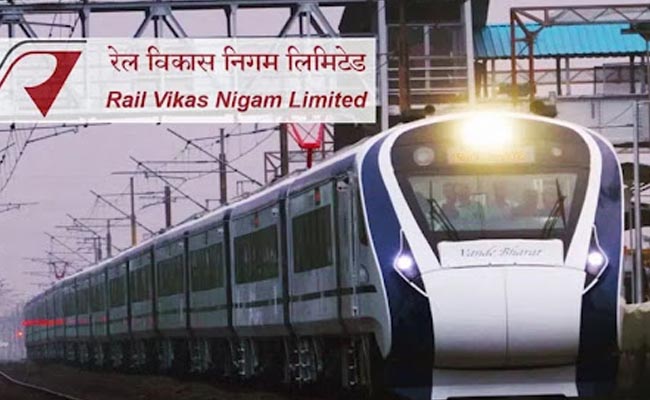
BSNL awards ₹5,000 Cr Project to RVNL-Led Consortium
A syndicate led by Rail Vikas Nigam Limited (abbreviated as RVNL), along wi...

Pinterest tracks users without consent, alleges complaint
A recent complaint alleges that Pinterest, the popular image-sharing platf...

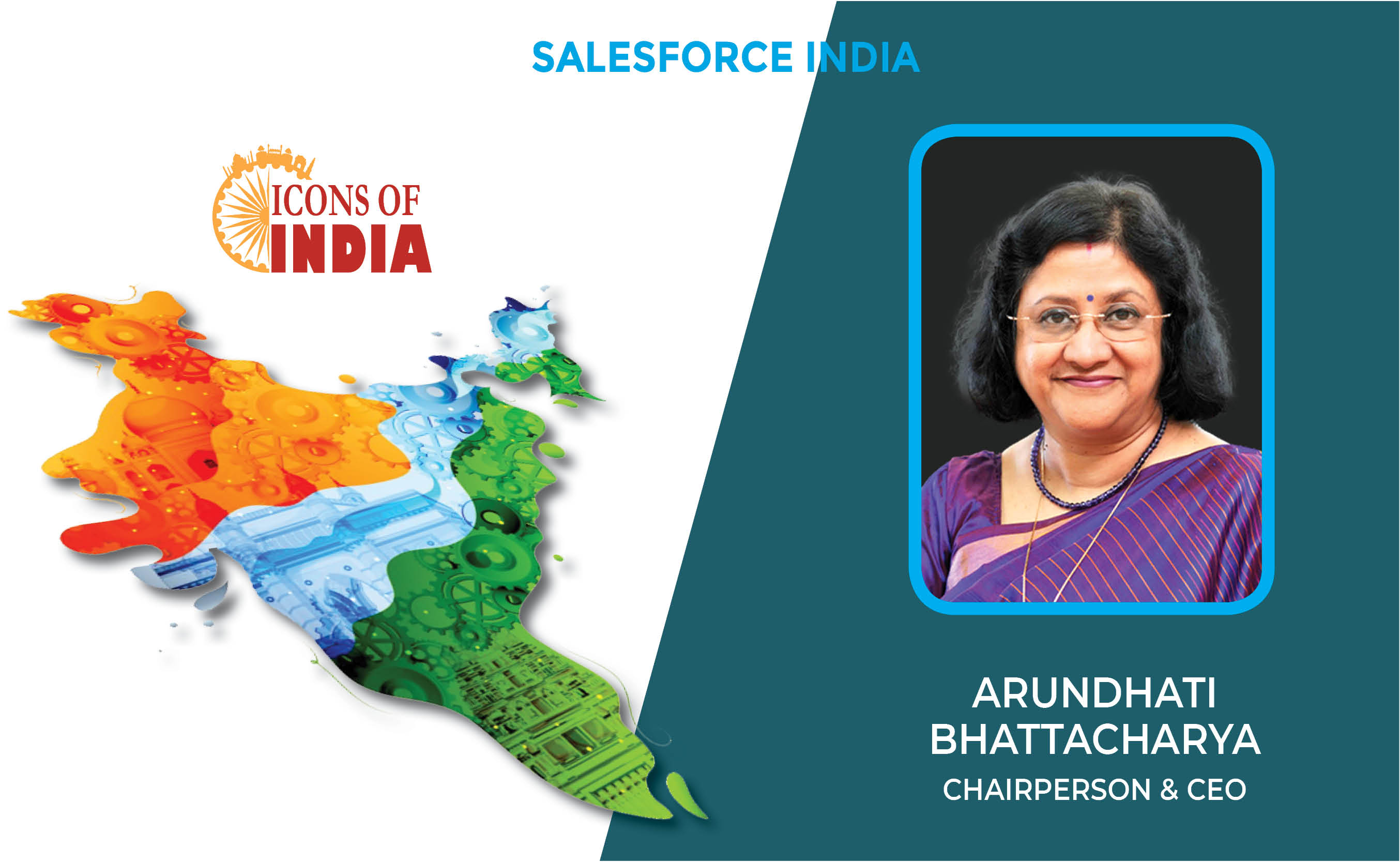
Icons Of India : Arundhati Bhattacharya
Arundhati Bhattacharya serves as the Chairperson and CEO of Salesforce...
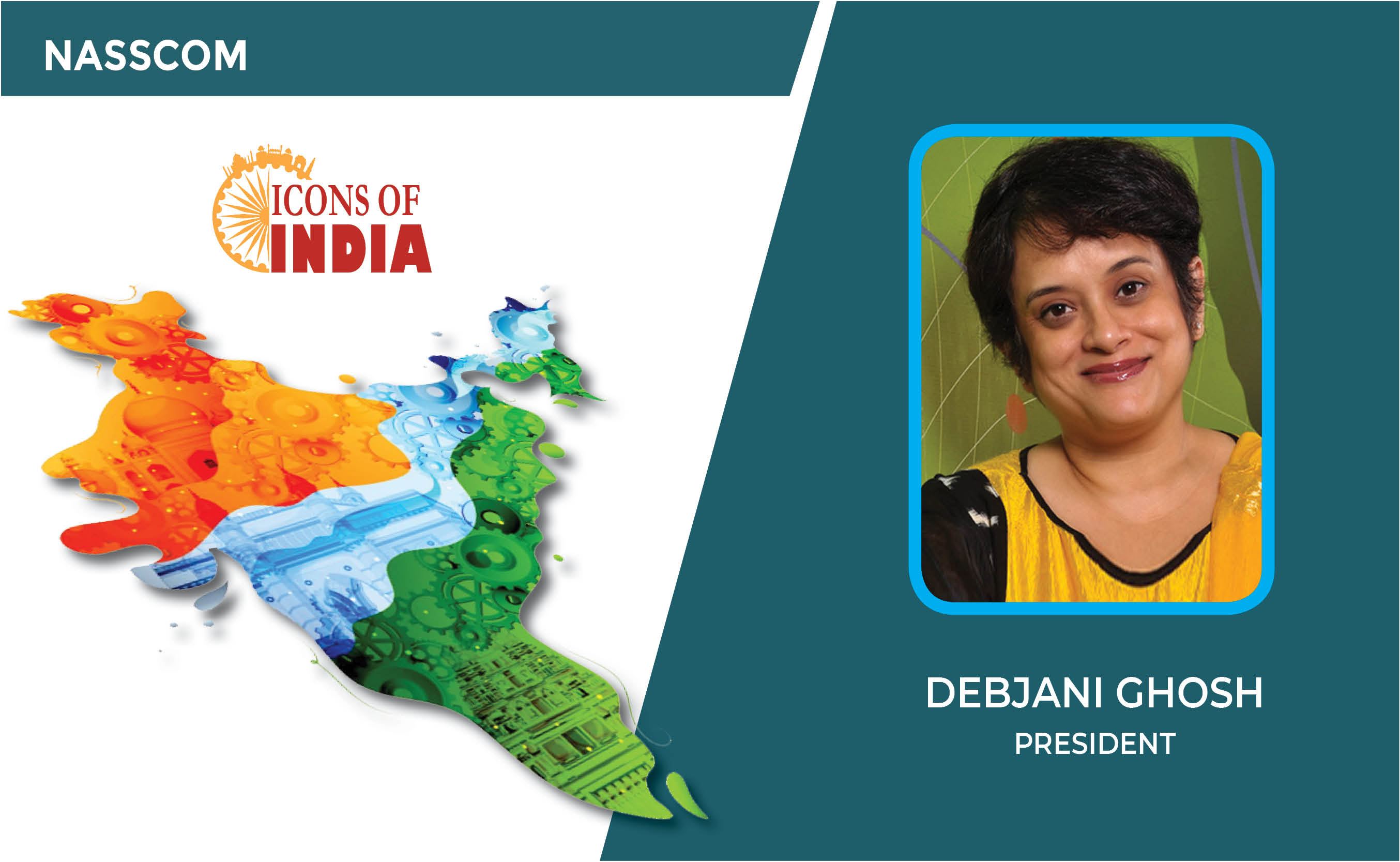
Icons Of India : Debjani Ghosh
Debjani Ghosh is the President of the National Association of Software...
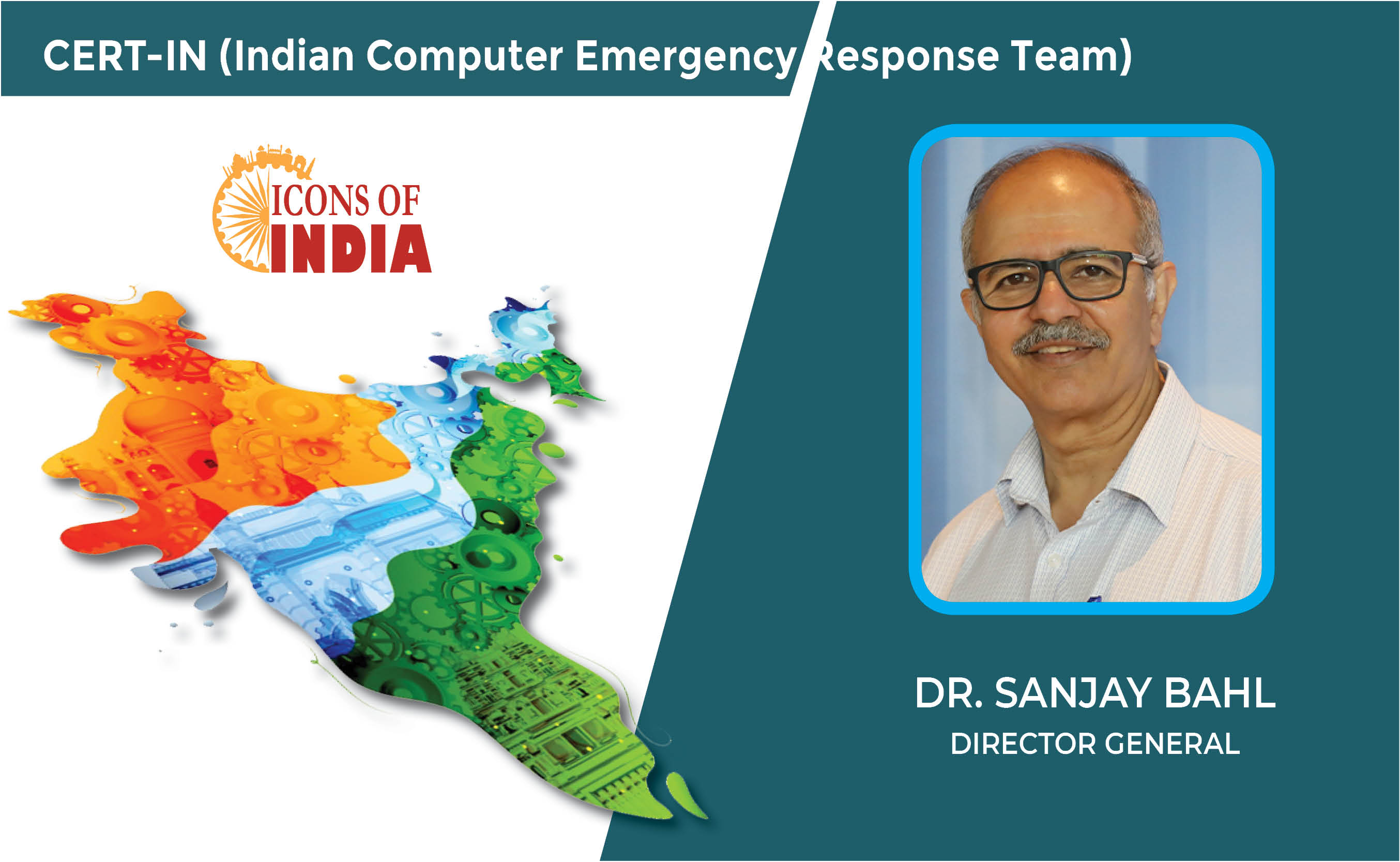
Icons Of India : Dr. Sanjay Bahl
Dr. Sanjay Bahl has around four decades of experience in the ICT indus...

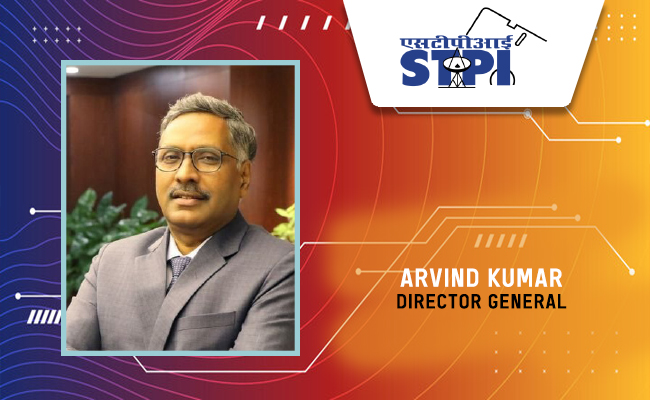
STPI - Software Technology Parks of India
STPI promotes and facilitates the growth of the IT and ITES industry i...
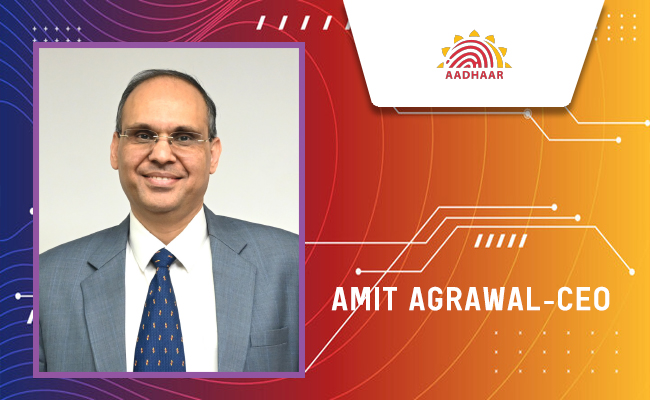
UIDAI - Unique Identification Authority of India
UIDAI and the Aadhaar system represent a significant milestone in Indi...
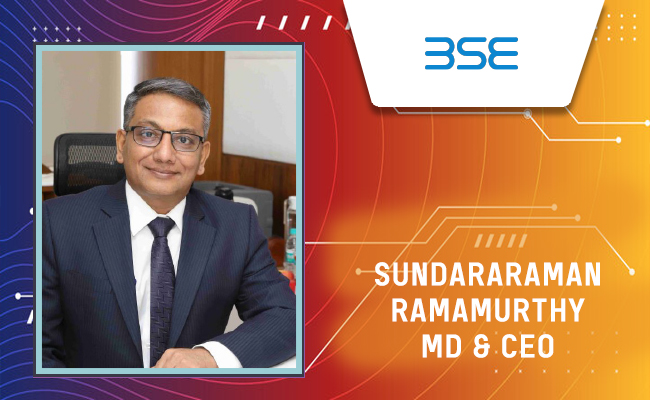
BSE - Bombay Stock Exchange
The Bombay Stock Exchange (BSE) is one of India’s largest and oldest...

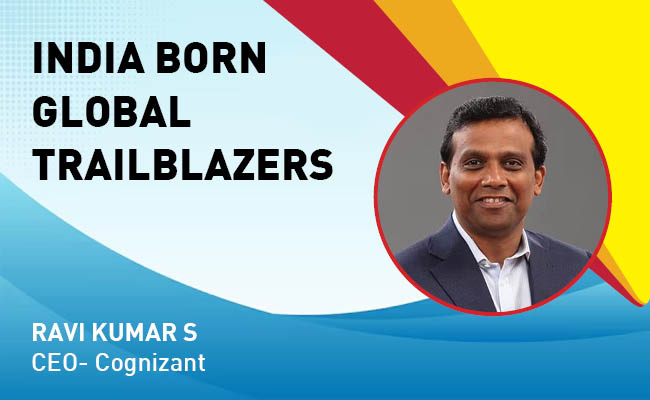
Indian Tech Talent Excelling The Tech World - RAVI KUMAR S, CEO- Cognizant
Ravi Kumar S, appointed as CEO of Cognizant in January 2023, sets the ...
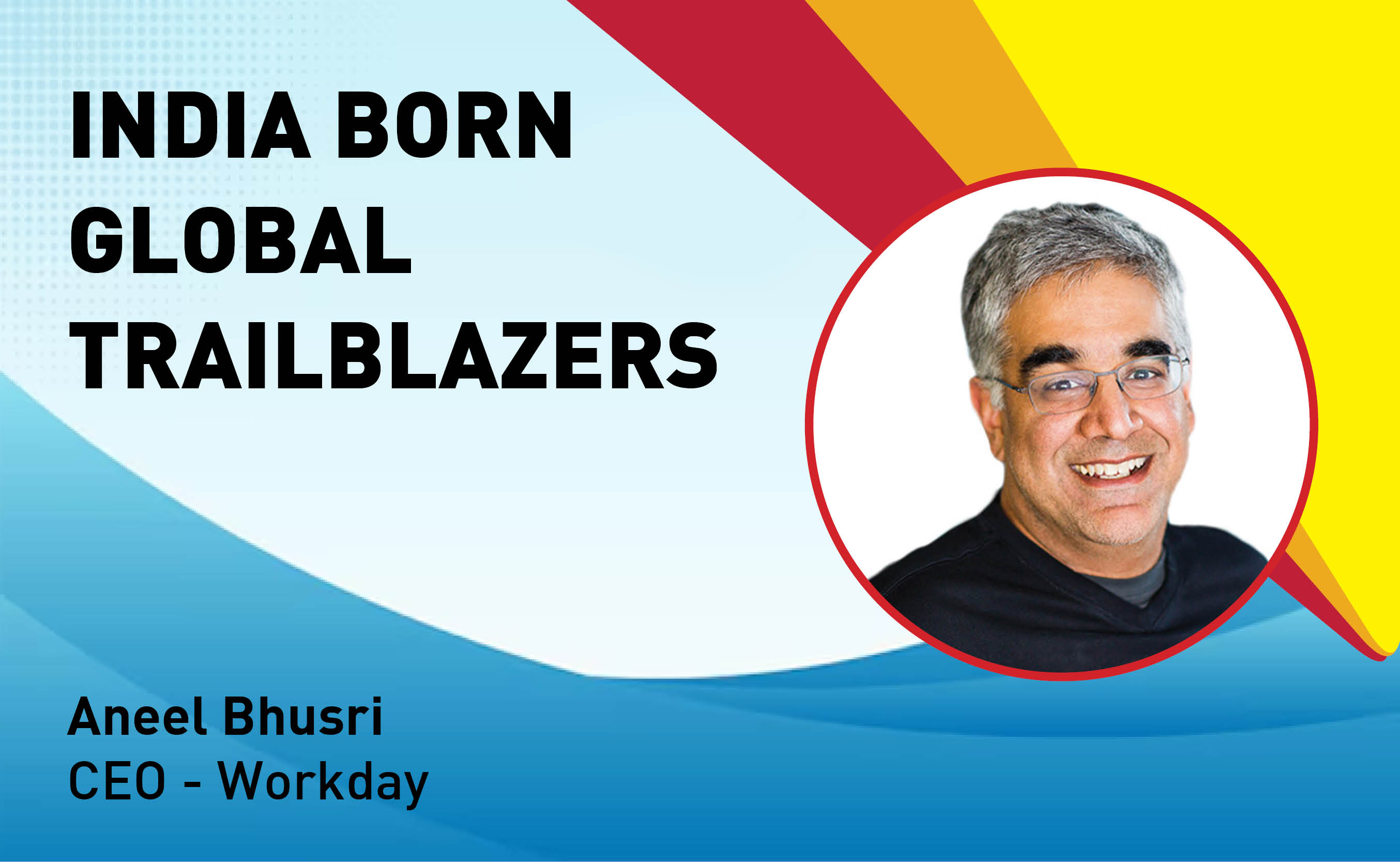
Indian Tech Talent Excelling The Tech World - Aneel Bhusri, CEO, Workday
Aneel Bhusri, Co-Founder and Executive Chair at Workday, has been a le...
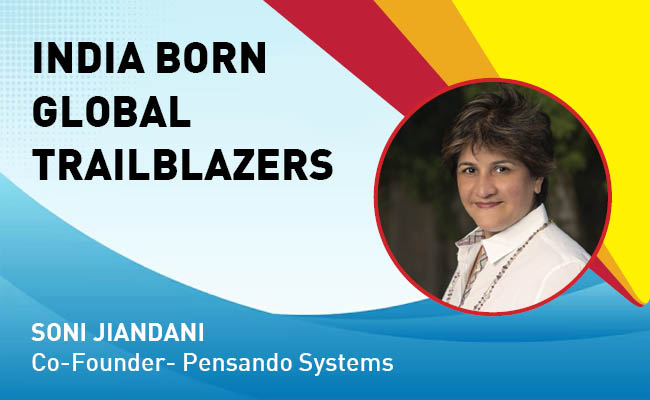
Indian Tech Talent Excelling The Tech World - Soni Jiandani, Co-Founder- Pensando Systems
Soni Jiandani, Co-Founder of Pensando Systems, is a tech visionary ren...